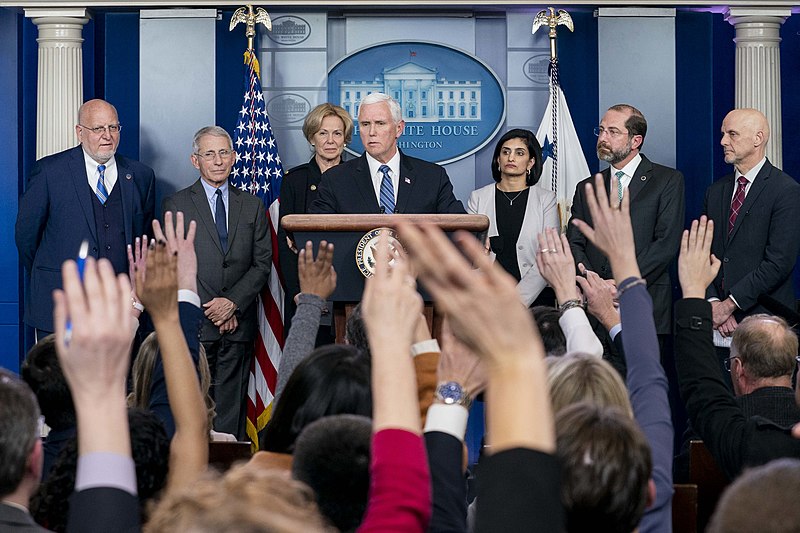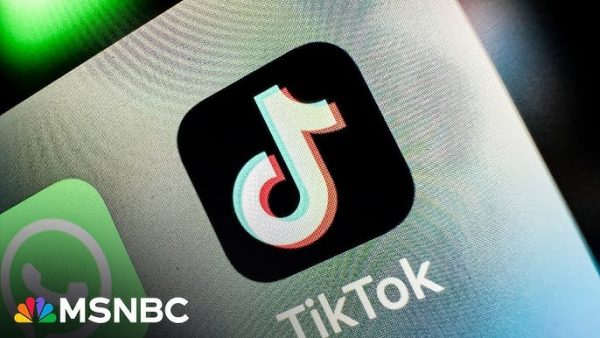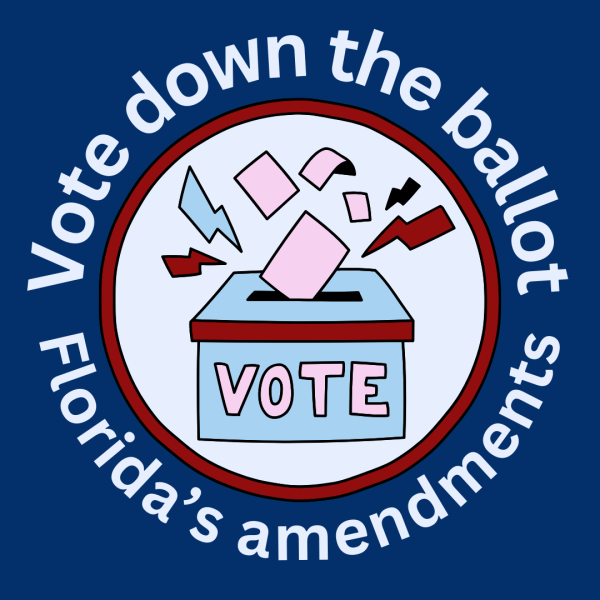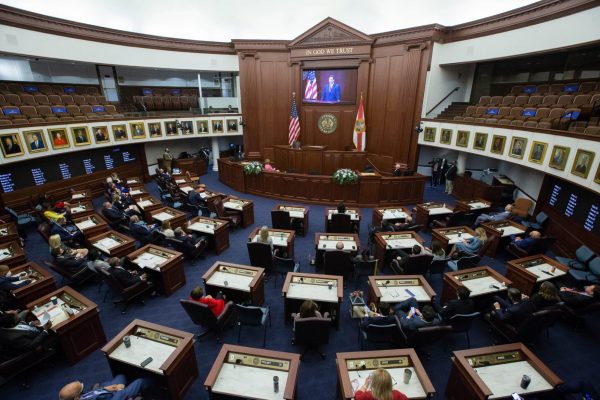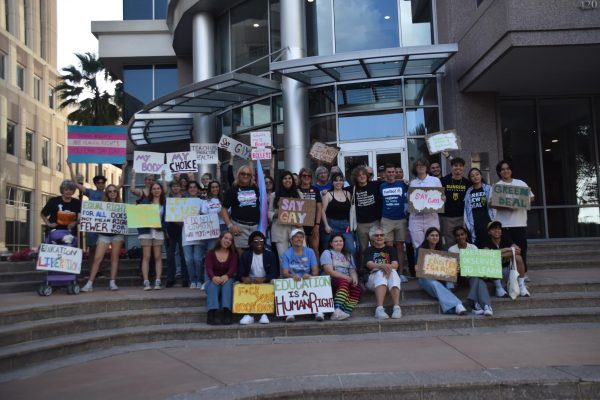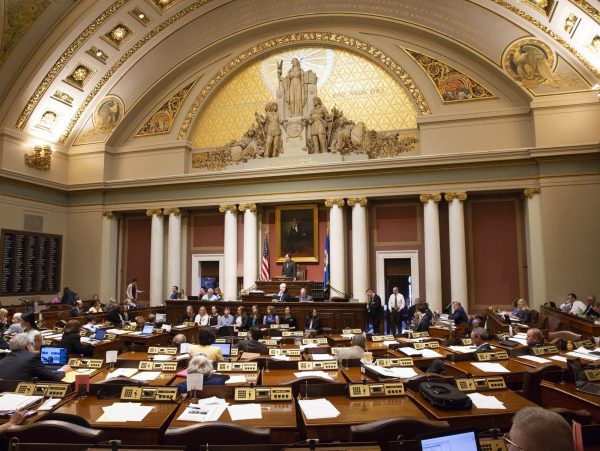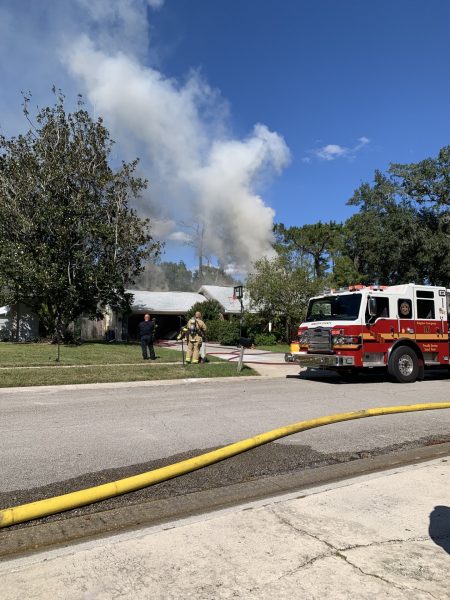Federal Pandemic Response Falls Flat
Photo provided by: Andrea Hanks
Vice President Mike Pence holds a press conference with Secretary of Health and Human Services Alex Azar and the White House Coronavirus Response Coordinator Deborah Birx Monday, March 2, 2020, in the White House Press Briefing Room.
April 3, 2020
On Jan. 20, the first case of COVID-19 in the United States was confirmed in Washington State in a 35-year-old man who had recently traveled to Wuhan, China. Since that first case in Washington State, three years to the day since the beginning of the Trump administration, the novel coronavirus SARS-CoV-2 and COVID-19, the illness it causes, have become a global pandemic centered on the United States, which now has the most confirmed cases of any country, 469,218 at the time of publishing.
The federal response to the pandemic was hampered by several events that occurred early on in testing. The first test released by the CDC to testing labs around the country failed to provide accurate results and, due to regulations from the Food and Drug Administration, private and university labs could not create their own tests for SARS-CoV-2 without undergoing an FDA approval process that delayed the release of new tests. Due to the rules regarding approval, no new tests were available until the FDA issued a new policy on Feb. 29 aimed at improving testing availability.
“Under this policy, we expect certain laboratories who develop validated tests for coronavirus would begin using them right away prior to FDA review,” Jeff Shuren, M.D., J.D., director of the FDA’s Center for Devices and Radiological Health said in an FDA press release. “We believe this action will support laboratories across the country working on this urgent public health situation. We are dedicating all available resources to expediting the review of medical products, including diagnostics, to prevent the spread of this outbreak.”
While the regulatory and public health apparatus of the federal government have fallen short in their mission to protect Americans, President Trump has repeatedly downplayed the danger of COVID-19. He repeatedly claimed that the virus was under control, promoted anti-malaria drugs as treatments for COVID-19 without evidence, suggested that it was a hoax by mainstream media, and incorrectly compared it to the seasonal flu.
“So last year 37,000 Americans died from the common Flu,” Trump tweeted on March 9. “It averages between 27,000 and 70,000 per year. Nothing is shut down, life & the economy go on. At this moment there are 546 confirmed cases of CoronaVirus, with 22 deaths. Think about that!”
This downplaying of the virus could have serious impacts on how the United States handles this pandemic. The president has a significant amount of sway in public discourse, what Former President Theodore Roosevelt referred to as the bully pulpit. When the president speaks, people listen, and the minimizing of the threat of COVID-19 by the president can impact how seriously Americans listen to public health guidelines from their state and local governments. In a time when listening to public health experts is essential, misinformation from the highest office in the land can have serious negative consequences.
“Americans tend to under exaggerate, and right now he is the embodiment of America.” sophomore Faith Shimick said.

